(NADS) - The Vietnam Military History Museum (Nam Tu Liem District, Hanoi) is completing the final adjustments, ready to welcome visitors from November and offer free tickets for 2 months.
The Vietnam Military History Museum project is being built in Nam Tu Liem District (Hanoi), close to Thang Long Avenue. This is a special project, invested by the General Department of Politics of the Vietnam People's Army, and is being built on a land area of over 74 hectares.

After 28 months of construction, the museum has completed phase 1. At the same time, the unit is receiving comments from experts and scientists, editing and perfecting the display before officially opening to the public from November 1.
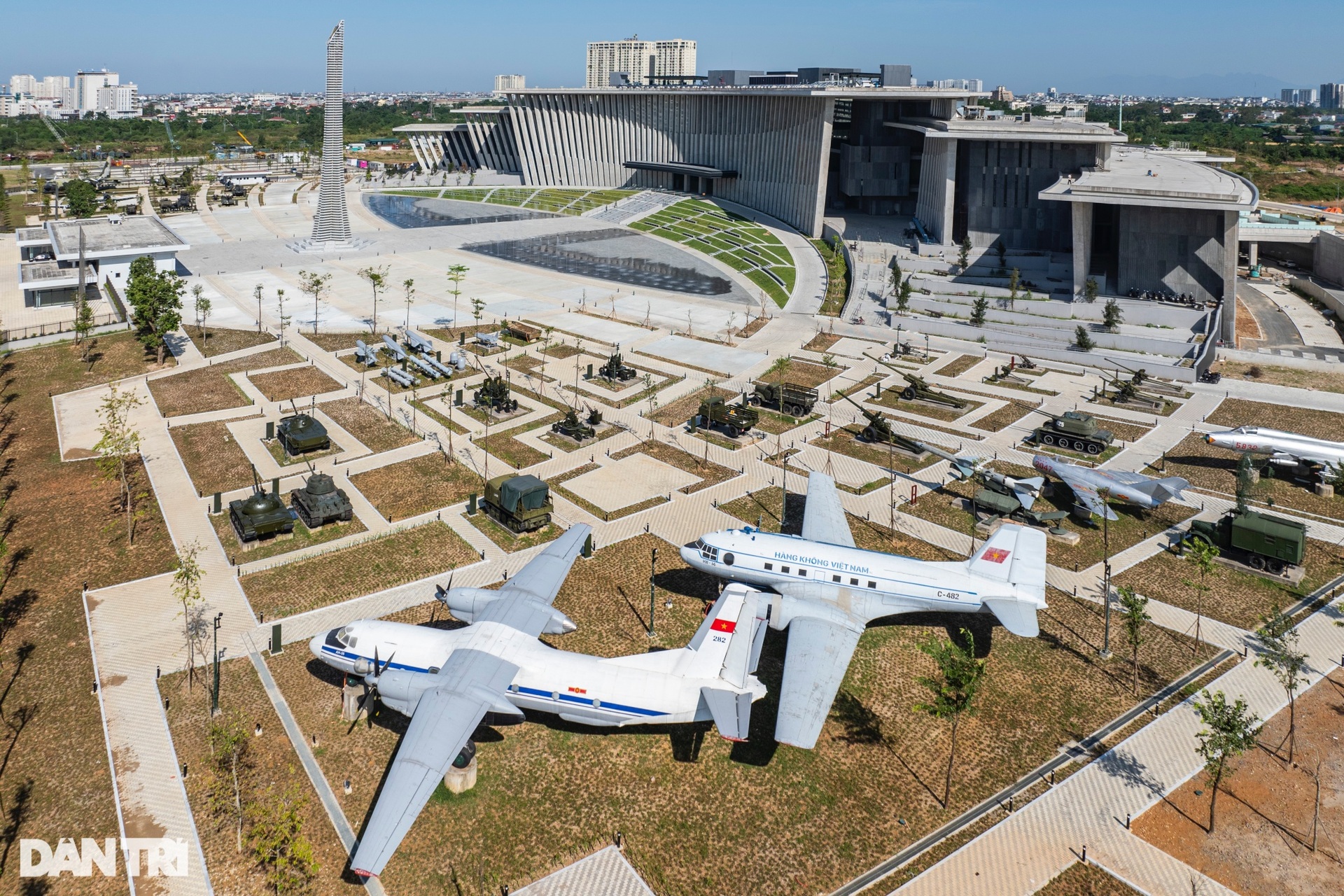
The architecture of the Vietnam Military History Museum building originates from the concept of "Heaven, Earth and Sea", which are the three natural elements that form the nation, and also represent the three main forces of the Vietnam People's Army.
The Museum's architecture is not simply a work displaying the history of war, but also creates a common space for visitors to interact and experience the struggle for national independence of the heroic Vietnam People's Army.
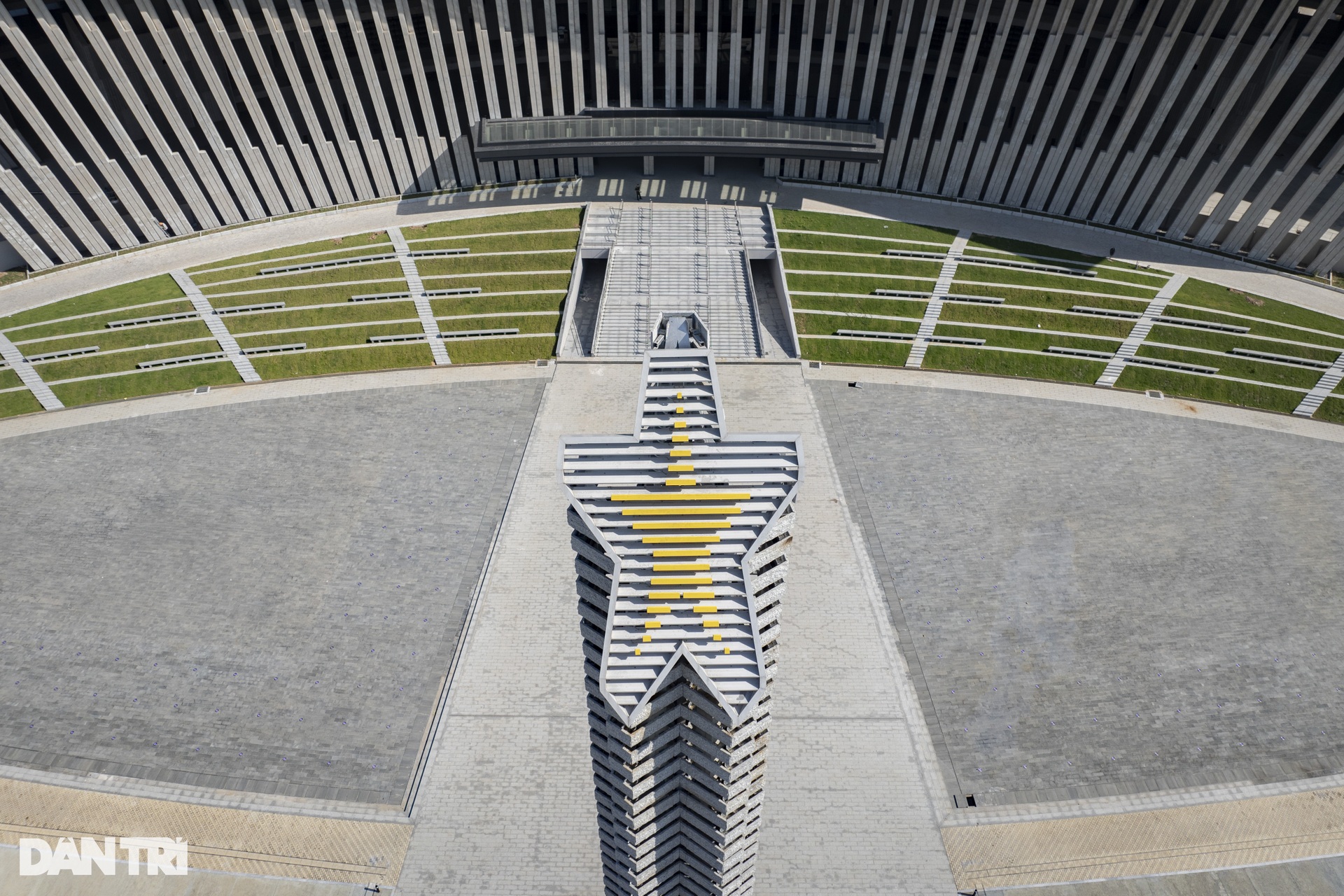
The Victory Tower is 45m high, representing the year 1945 when the Vietnamese people gained national independence. The top of the tower is cut at a 60-degree angle, forming a 5-pointed star on top, the stars are stacked layer upon layer as if reaching up to the blue sky.
The pentagonal base of the tower represents the five socialist classes: intellectuals, farmers, workers, businessmen and soldiers.
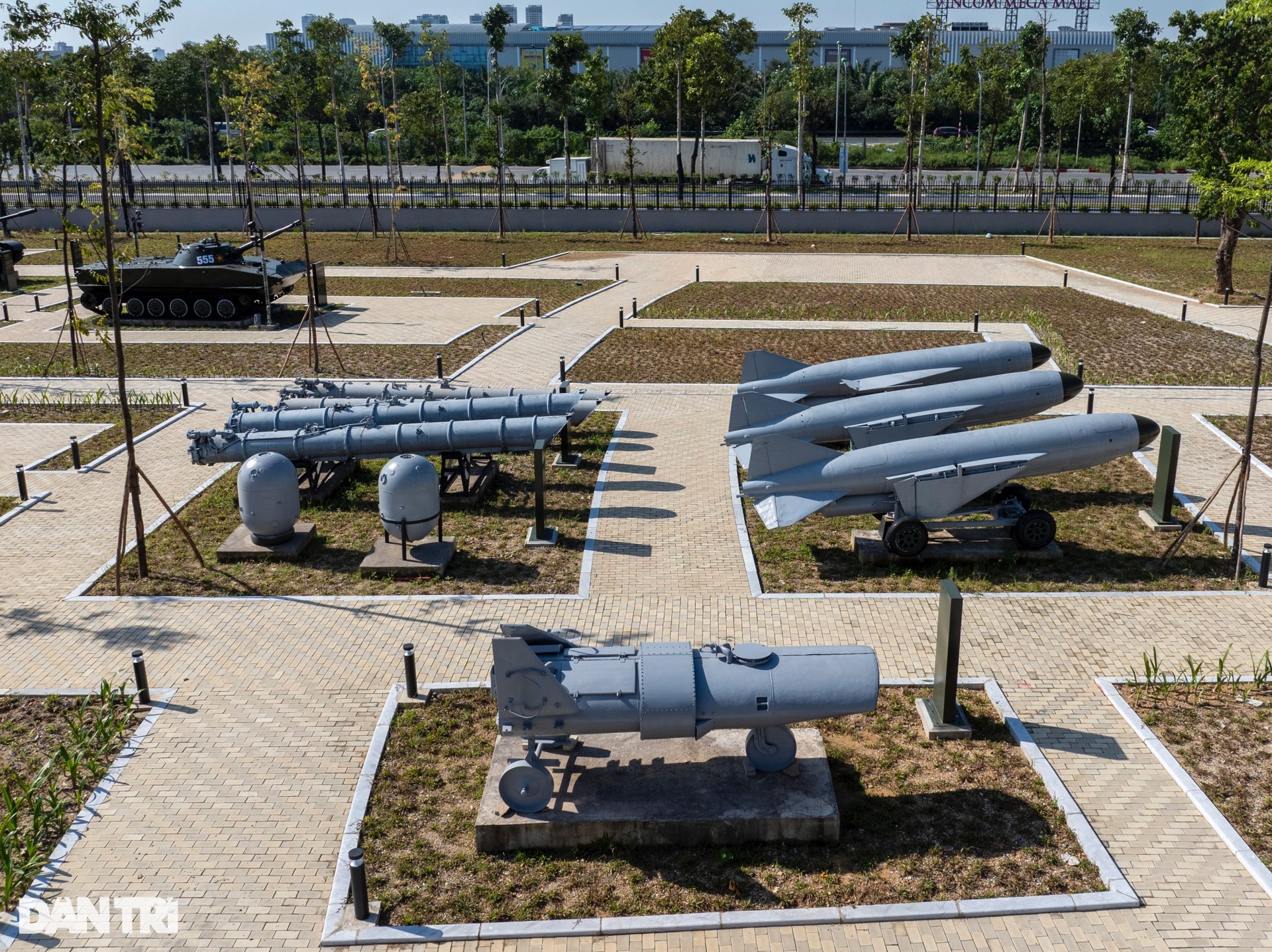
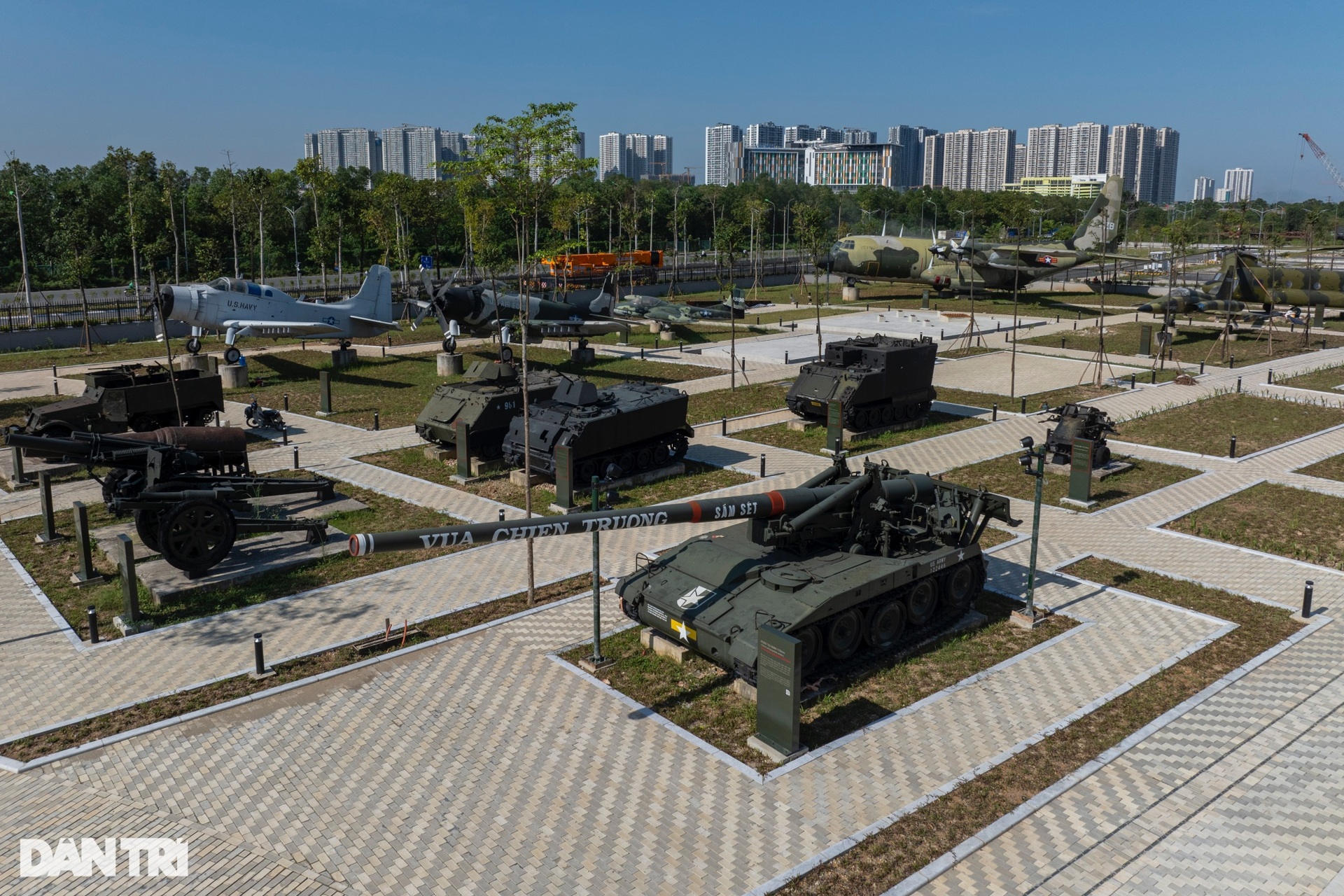
In front of the central building, on the left side, are displayed weapons and equipment used by the Vietnamese Army and people in the resistance war against French colonialism and American imperialism, and in training and combat readiness during the period of national construction and defense.
On the right side are displayed weapons and equipment used by the French and American armies during the war of aggression against Vietnam, captured by the Vietnamese army and people.
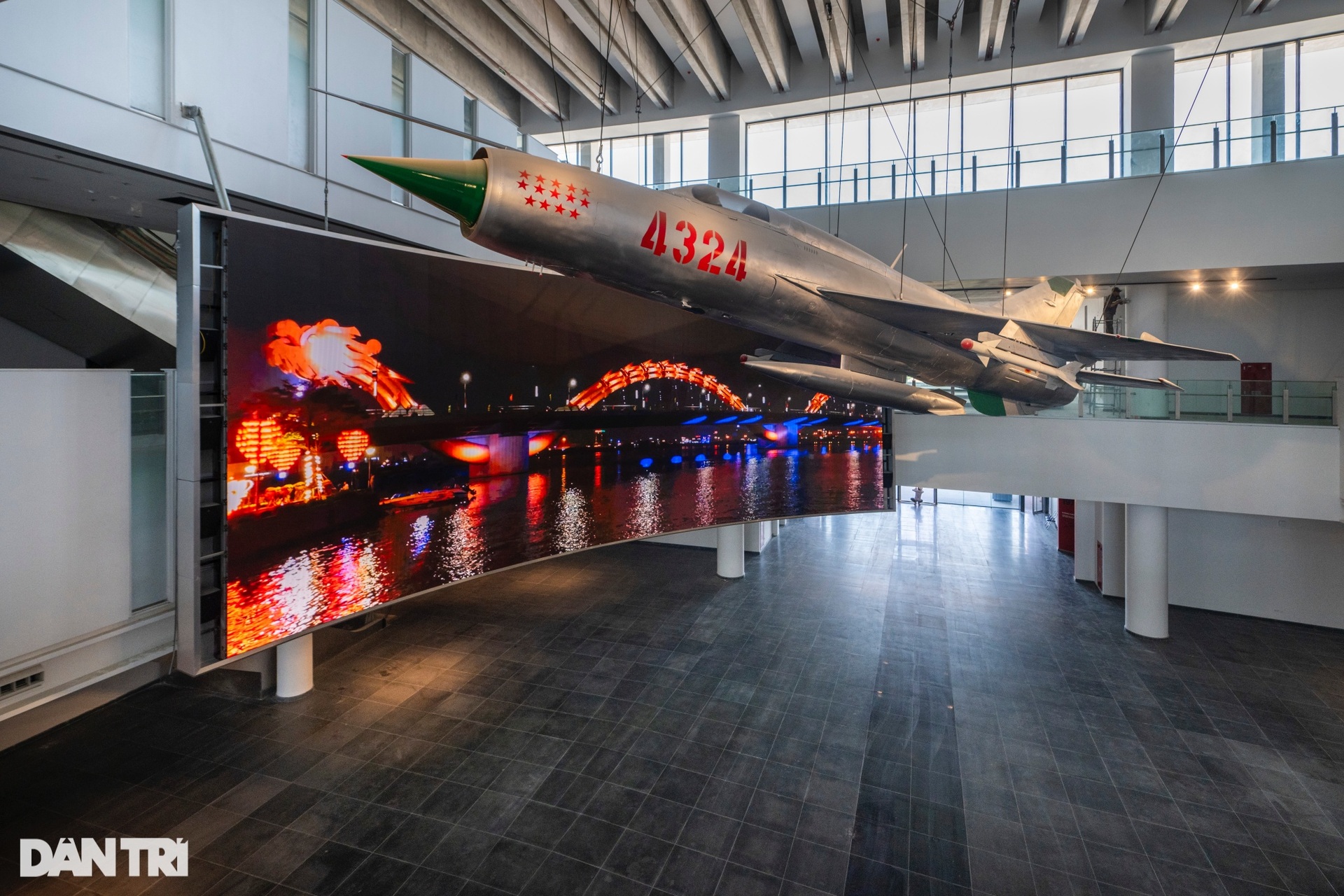
Entering the museum, the MiG-21 fighter jet with serial number 4324 stands out, hanging high above. The MiG-21 carries 14 red stars, symbolizing the 14 times this plane shot down US Air Force planes during the war to destroy the North from 1965-1967.
In 2015, the Prime Minister signed a decision to recognize MiG-21 aircraft with serial number 4324 as a national treasure.

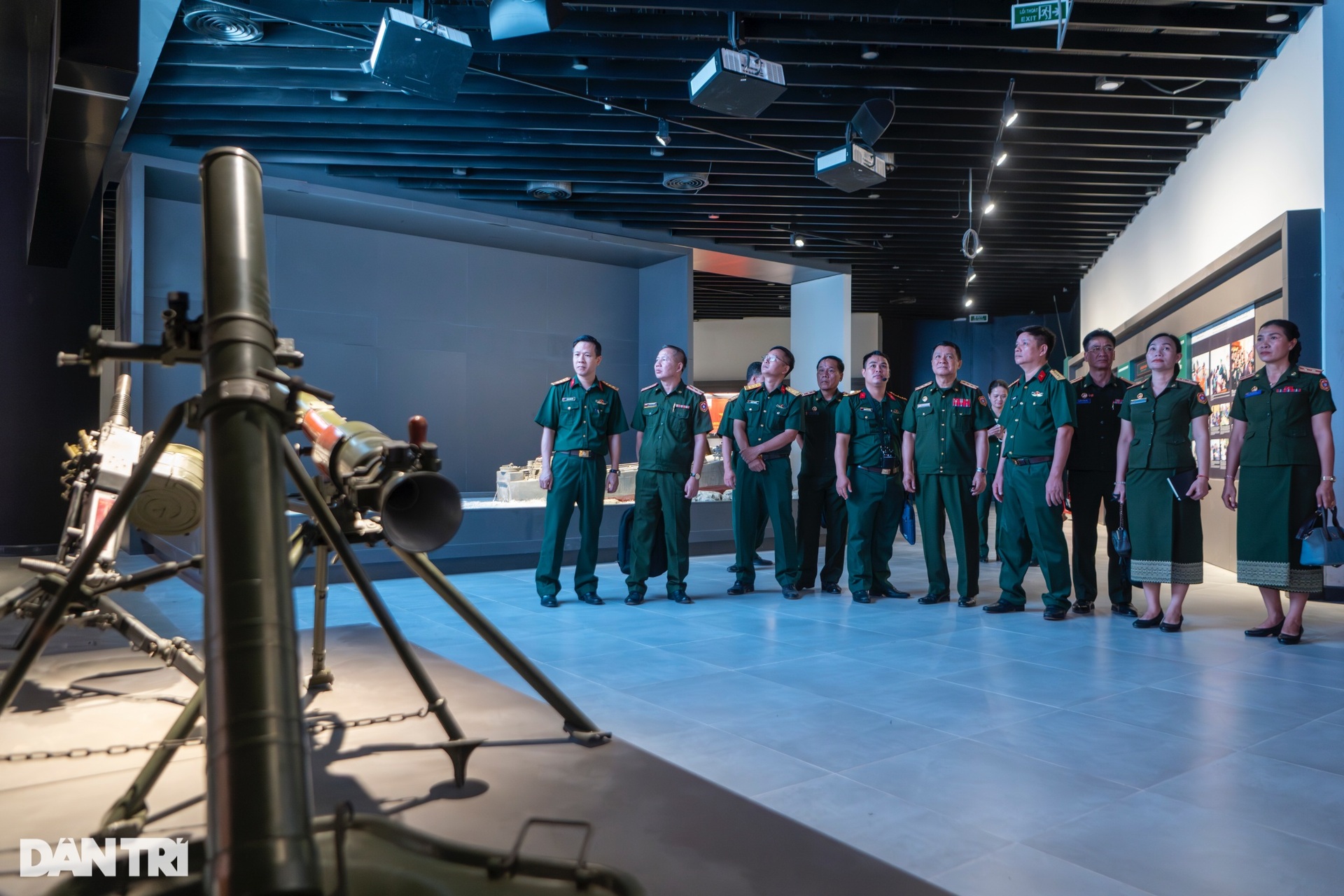
Since September 1, the museum has organized evaluation tours, mainly consisting of experts in history, culture, museology, veterans' associations, military school students, university students, etc.; then, it continues to complete the contents and items of the project for acceptance, handover, and organize tours for the public from October.
In the photo is a delegation of visitors from the Lao People's Army History Museum visiting and studying at the Vietnam Military History Museum on the morning of October 3.
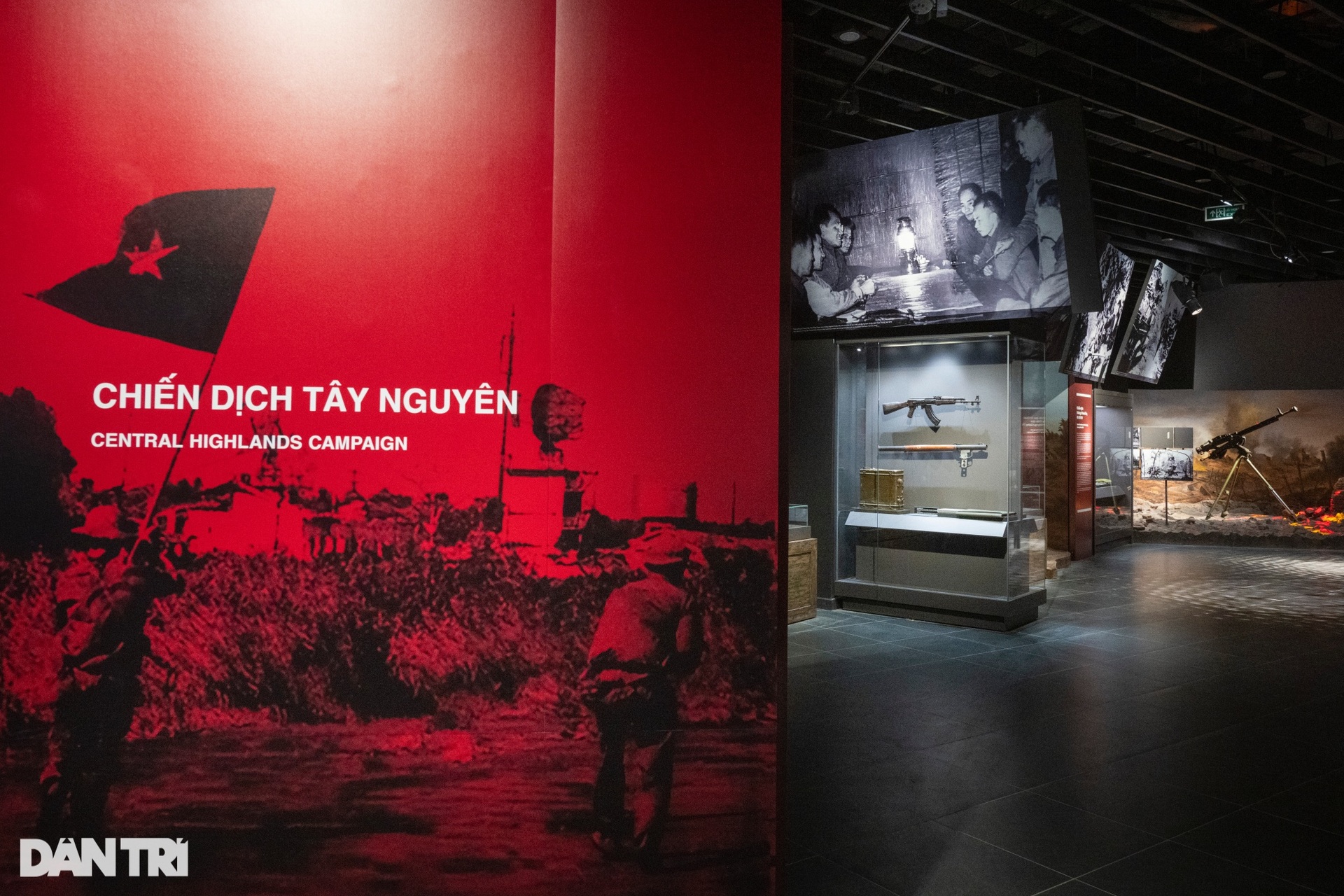
The completed project includes an indoor and outdoor exhibition system with 6 historical themes, 8 special topics, 7 collections and 12 military specialties of the Vietnam People's Army.
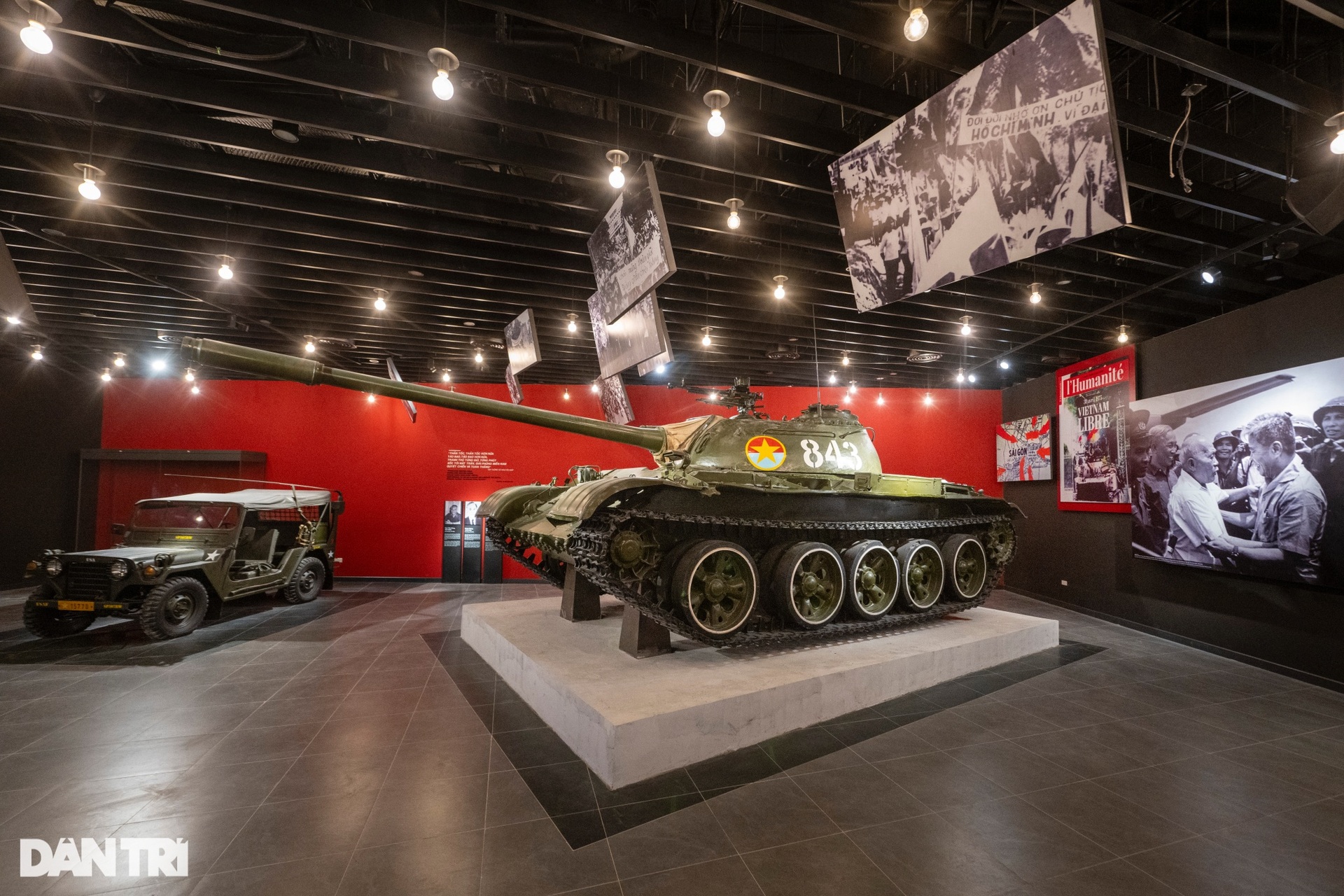
For the Vietnam Military History Museum, the most typical in the system of artifacts are 4 National Treasures, including 2 MIG-21 aircraft, serial numbers 4324 and 5121, T54B tank serial number 843, and the Map of determination to fight in the historic Ho Chi Minh Campaign.
In the photo is the T54B tank numbered 843, one of the first tanks to crash into the side gate of the Independence Palace at noon on April 30, 1975. It has been recognized as a National Treasure and has become an extremely valuable artifact of the nation.
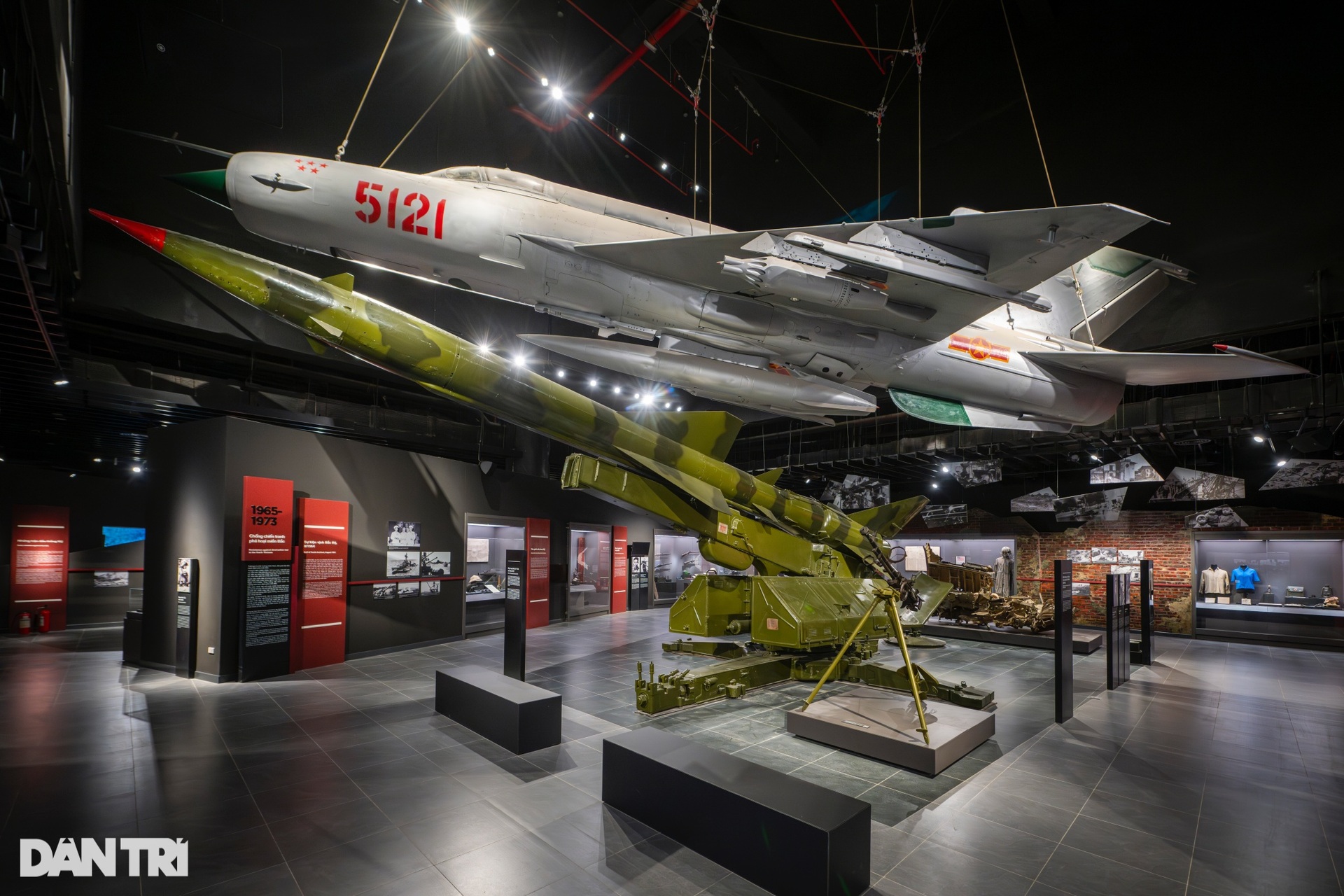
Display space of MiG21 aircraft, serial number 5121. The three pilots who used this MiG were Dinh Ton, Vu Dinh Rang and Pham Tuan.
In the air defense campaign to defeat the strategic raid by American B52 aircraft on Hanoi, Hai Phong and some other localities in the North in December 1972, MiG-21 F96 number 5121 participated in the battle and achieved the achievement of shooting down 5 American aircraft, including 1 "flying fortress" B-52. The brave pilot who shot down the American super flying fortress was hero Pham Tuan.
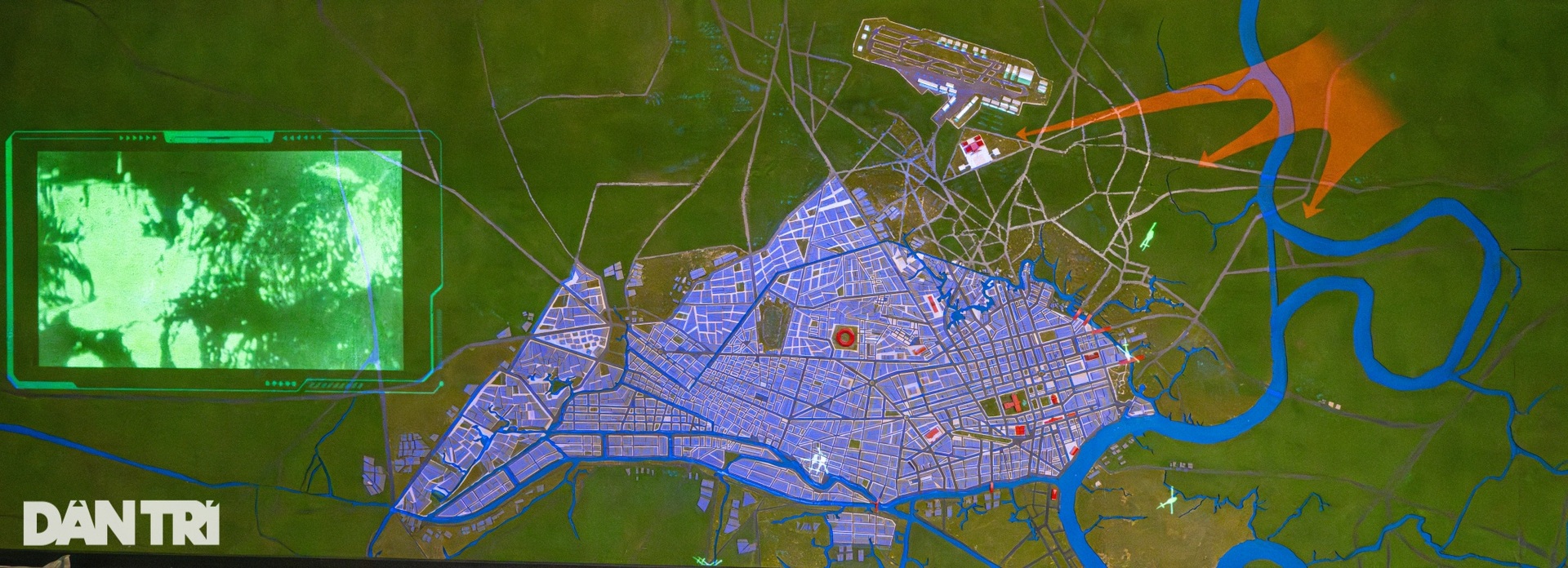
The museum applies technology to create a realistic feeling for viewers such as mapping tables, search screen systems, documentaries...
It is known that the Museum has built more than 60 clips and supporting documents for each campaign and battle so that visitors can clearly feel and access them more easily.
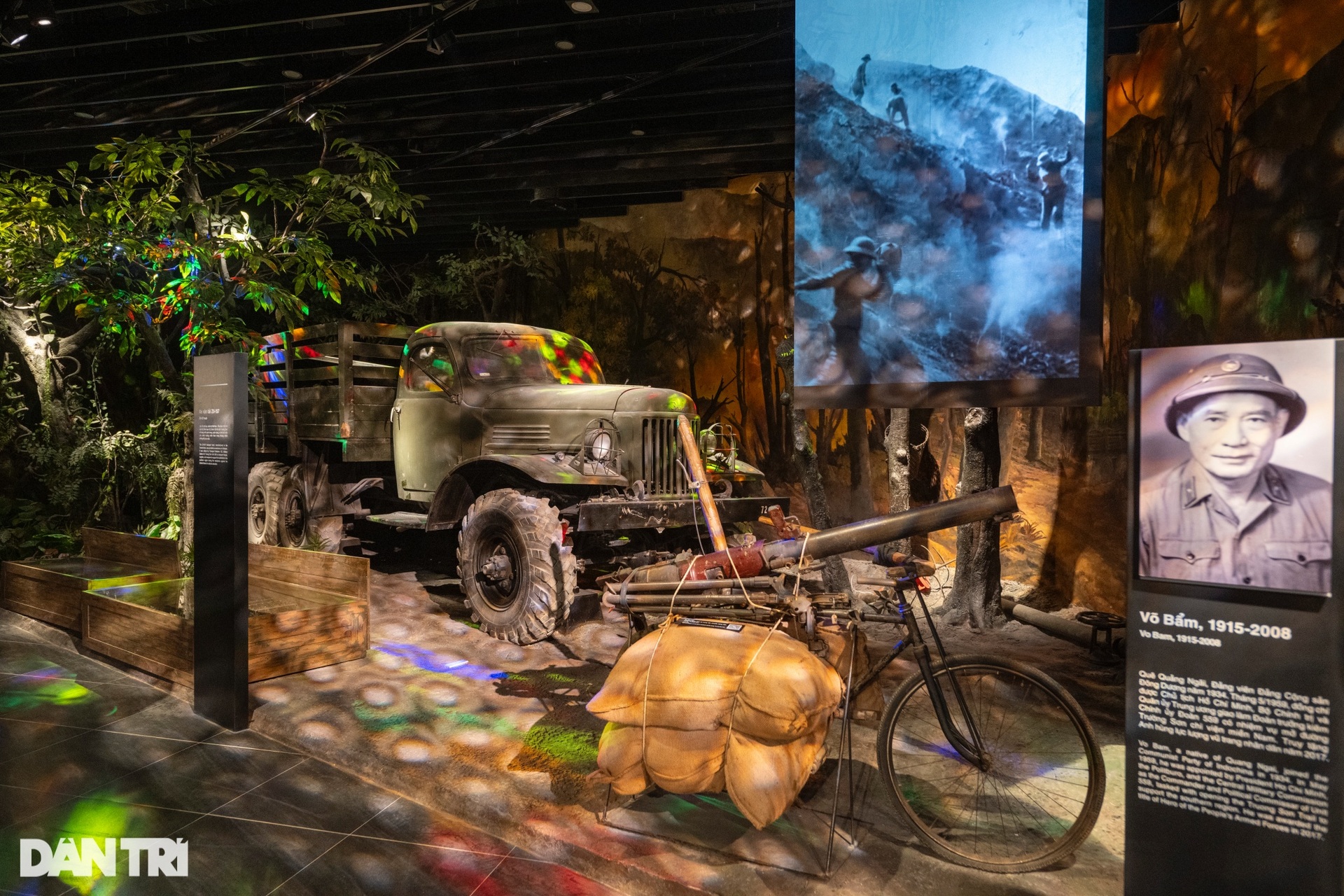
The space recreates the Truong Son road - recorded in our nation's history as a legendary road, a miracle of the resistance war against America.
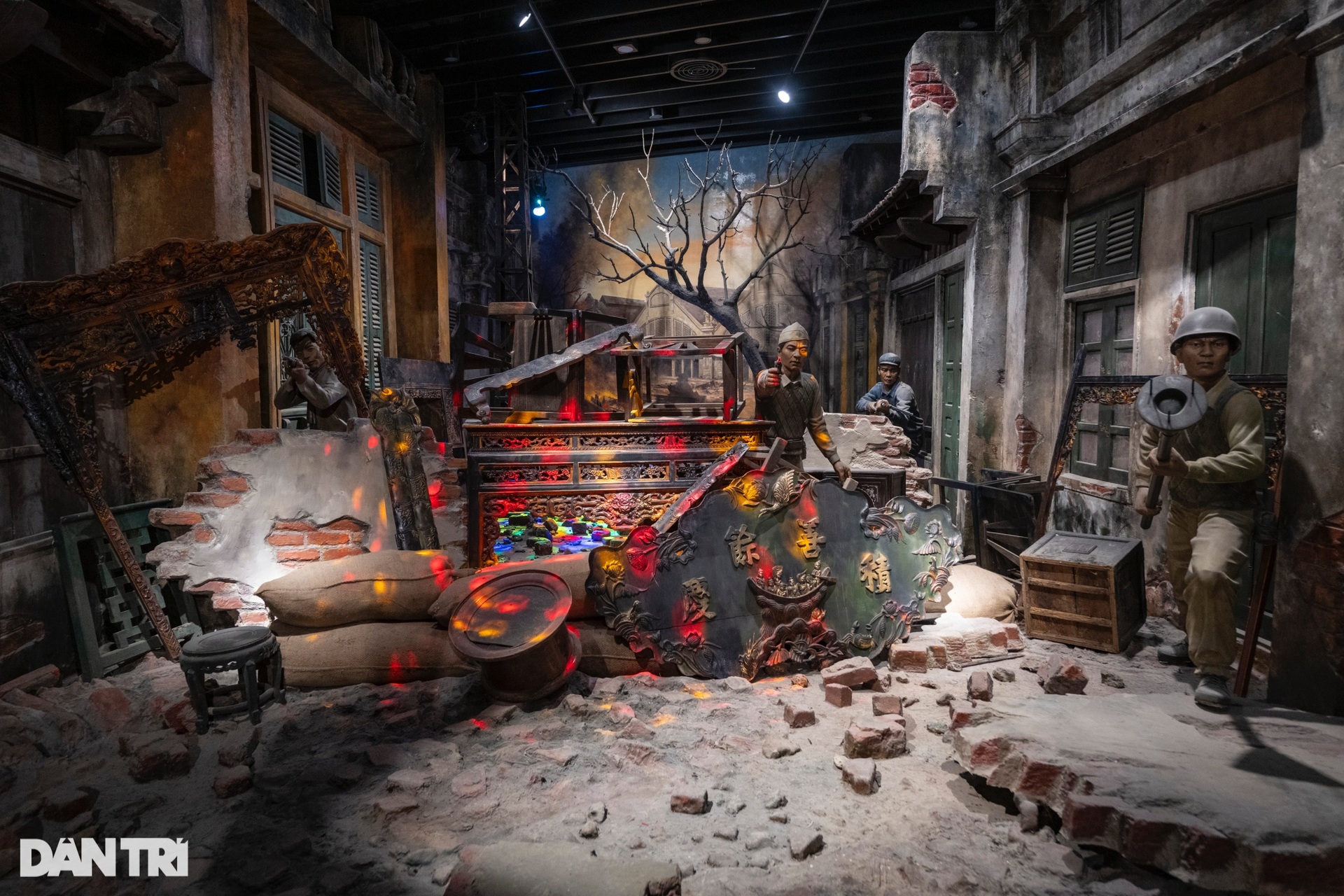
Scene of 60 days and nights of Hanoi army and people protecting the capital in winter 1946.

A miniature space of the Bach Dang stake battlefield. In 938, the resistance war against the Southern Han army led by Ngo Quyen won a strategic decisive battle on the Bach Dang River, the country gained independence, ending more than 1,000 years of Chinese domination.

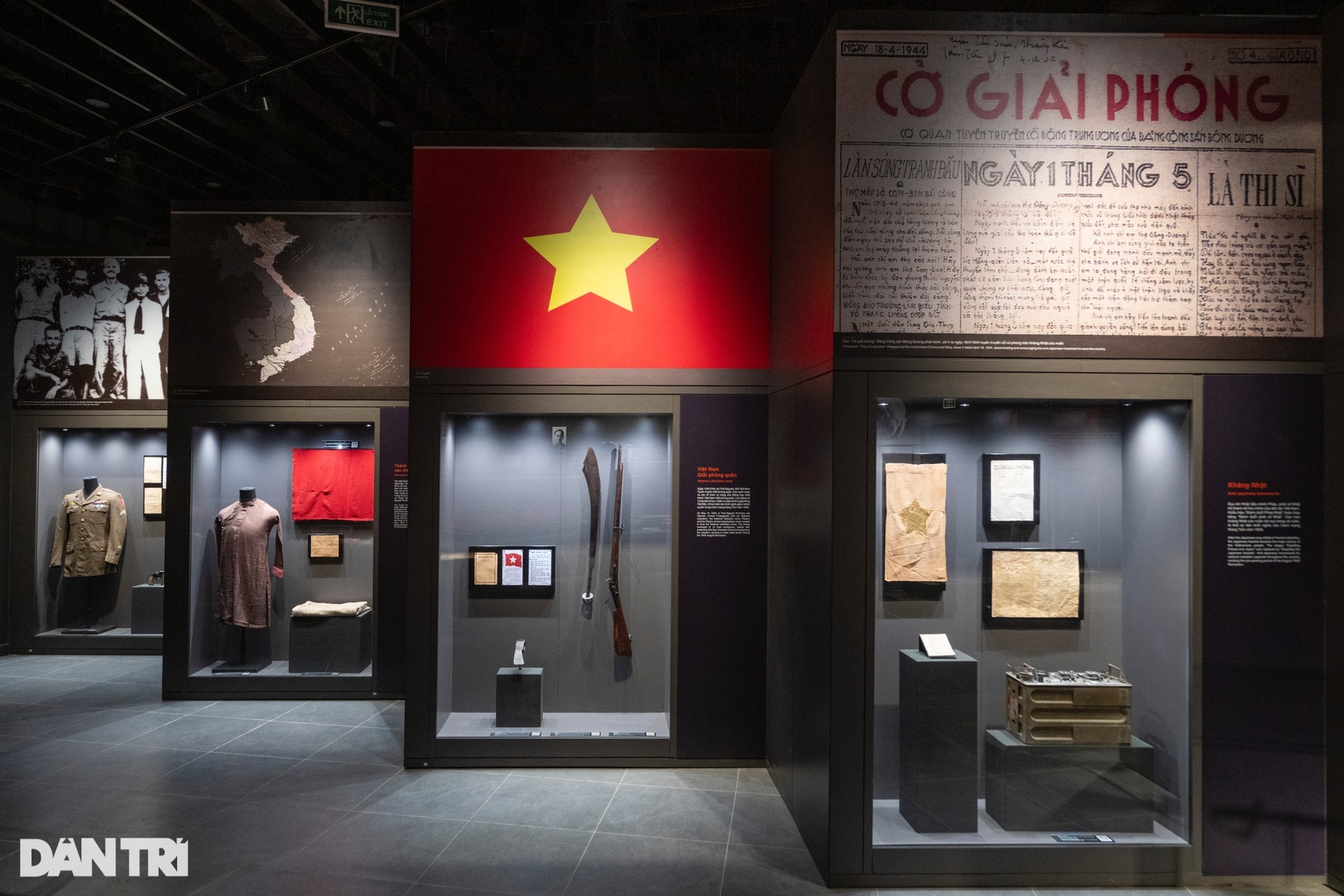
The Vietnam Military History Museum is an important project to celebrate the 80th anniversary of the founding of the Vietnam People's Army, the 35th anniversary of the National Defense Day and the 80th anniversary of the General Department of Politics of the Vietnam People's Army.
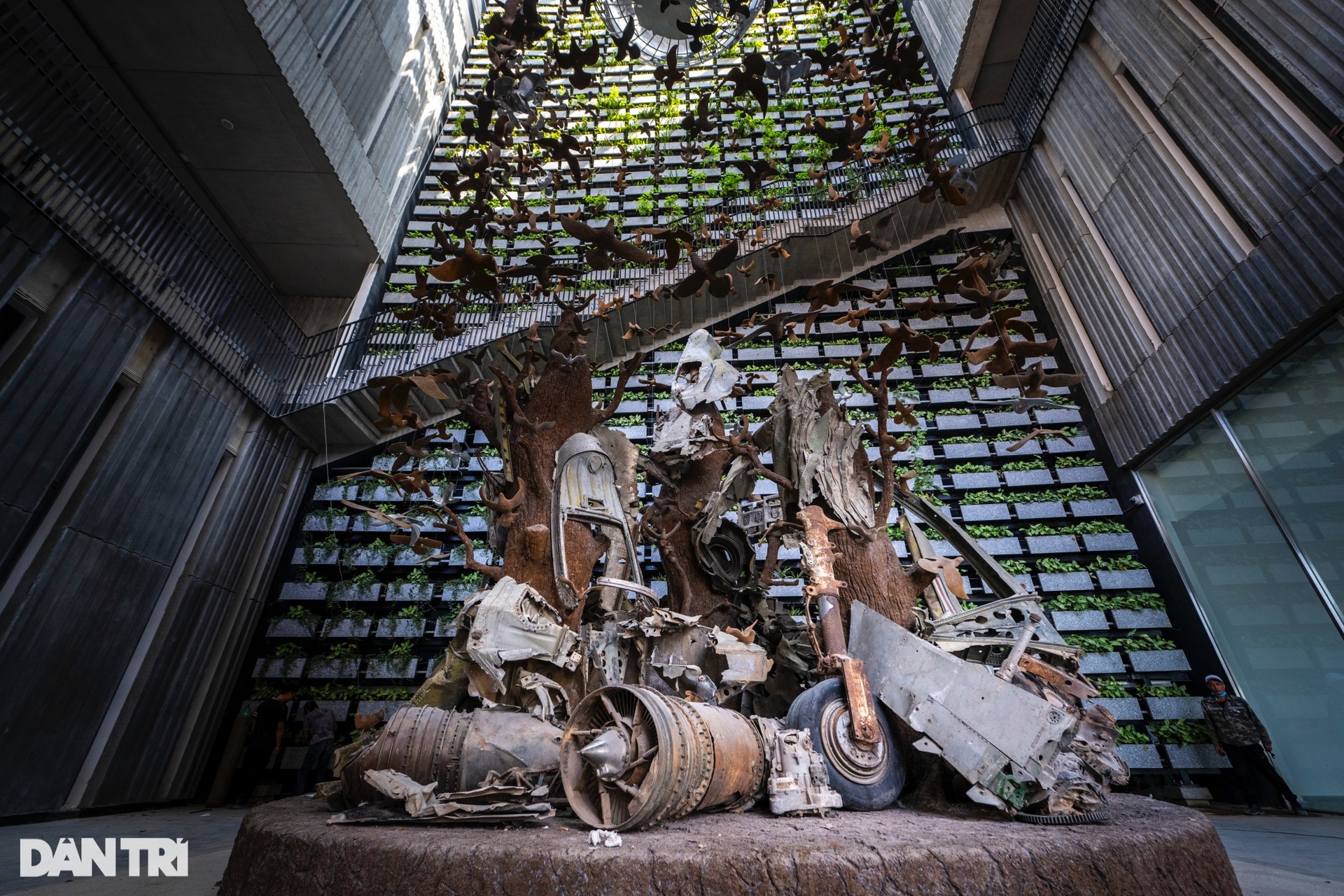
In the photo is part of the wreckage of a B52 plane shot down by the Vietnamese army and people in the sky over Hanoi.
The Vietnam Military History Museum is expected to officially open to the public and a large number of tourists from November 1, with free admission for the first two months. Units, organizations and individuals interested in the museum should contact the museum for reception.
Source: https://nhiepanhdoisong.vn/bao-tang-lich-su-quan-su-viet-nam-sap-mo-cua-don-khach-tham-quan-15321.html








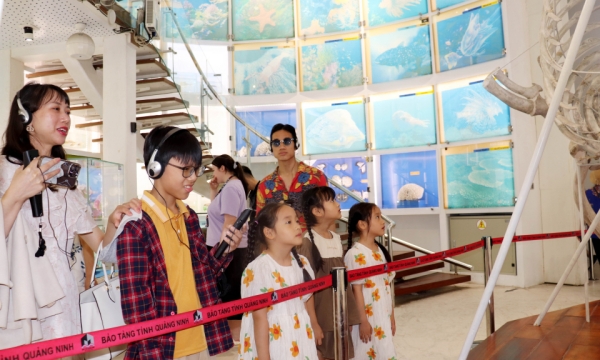




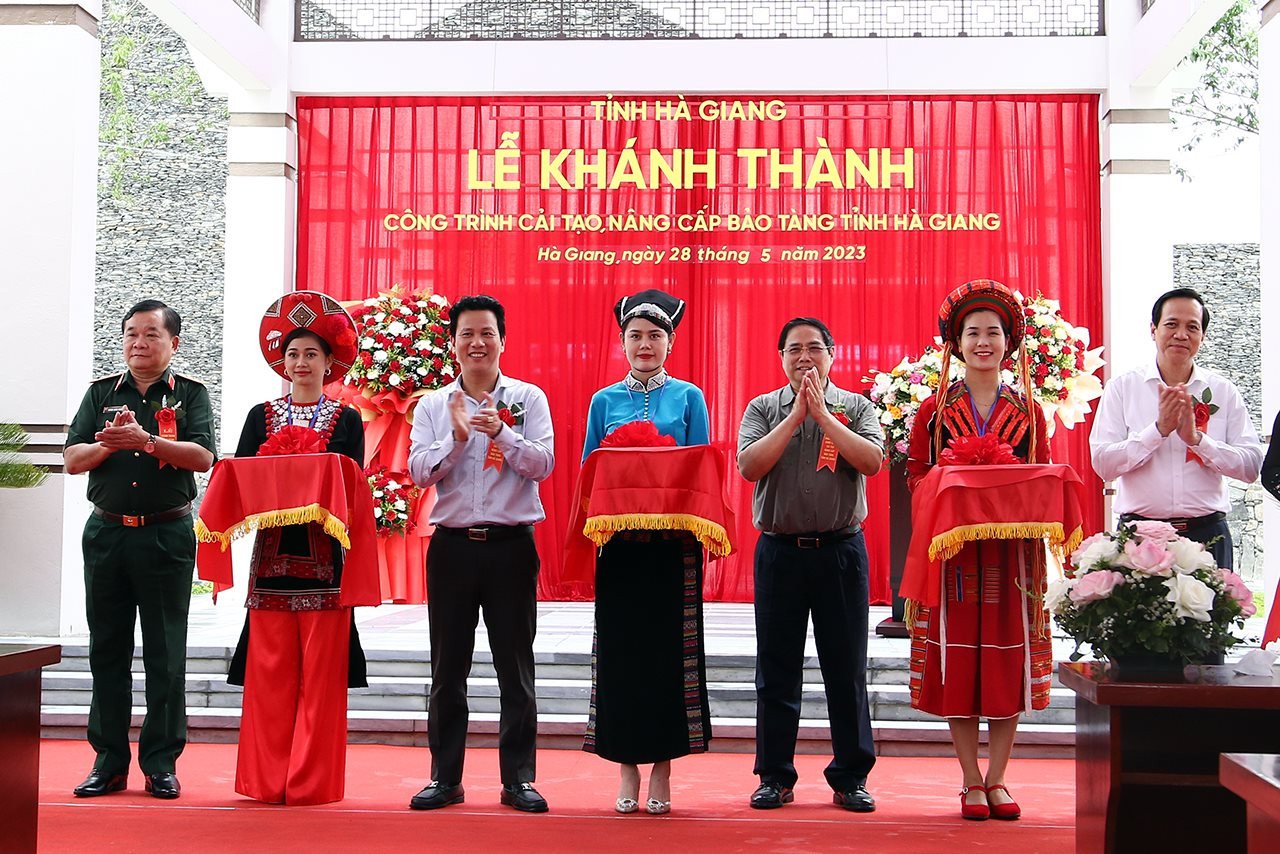


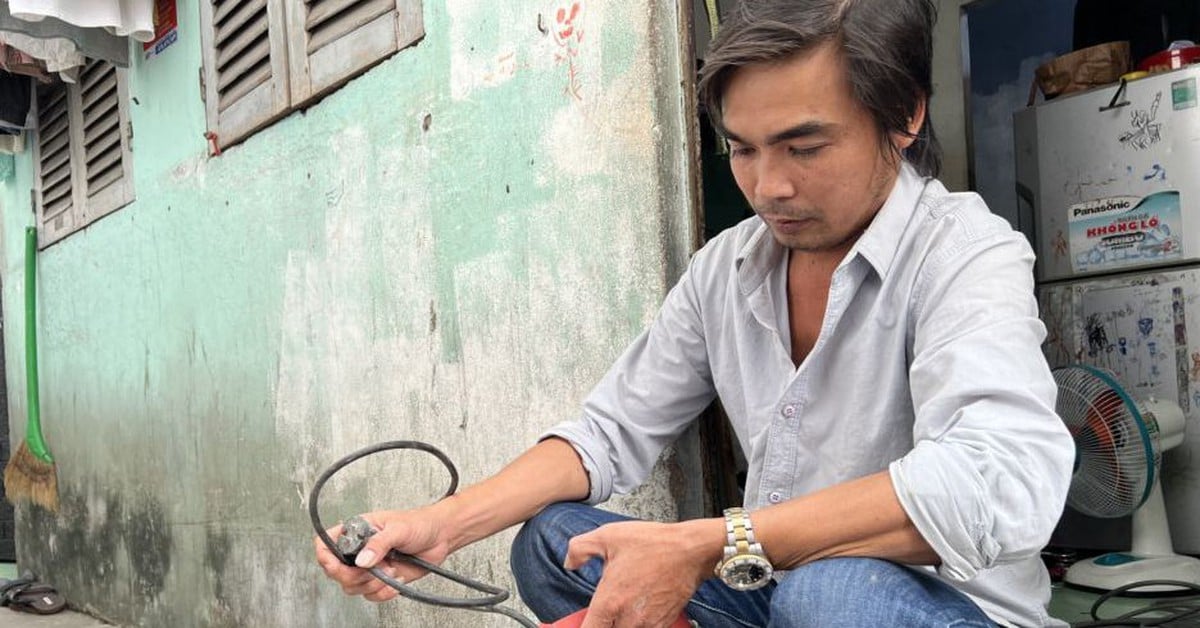

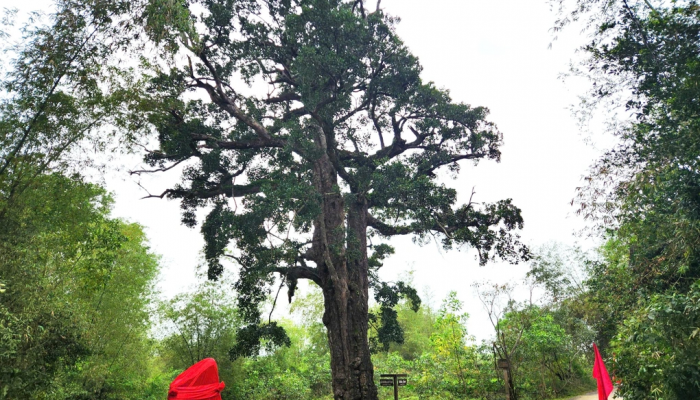





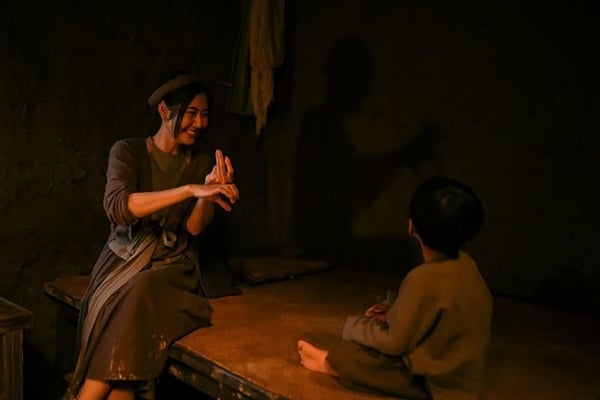

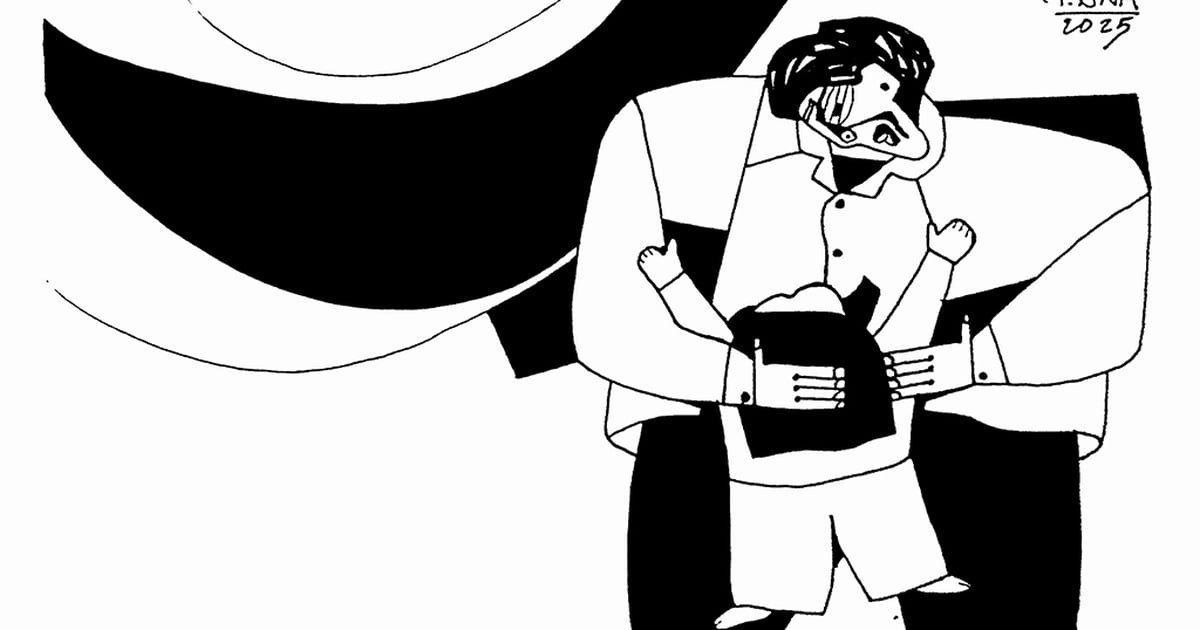



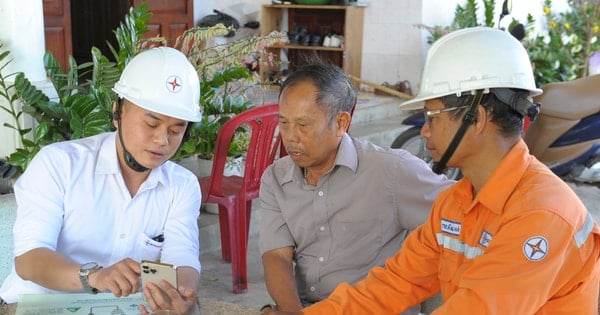
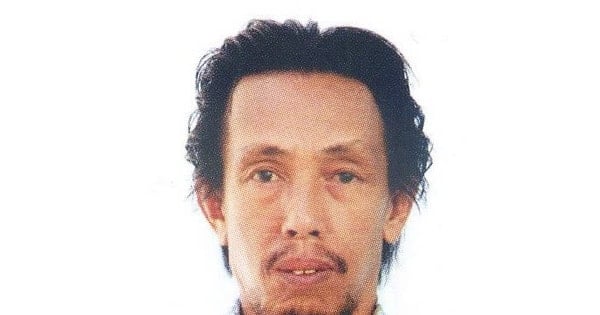
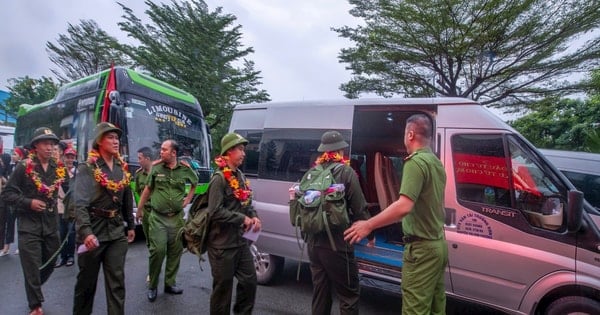








![[Photo] Prime Minister Pham Minh Chinh chairs Government Conference with localities on economic growth](https://vstatic.vietnam.vn/vietnam/resource/IMAGE/2025/2/21/f34583484f2643a2a2b72168a0d64baa)
























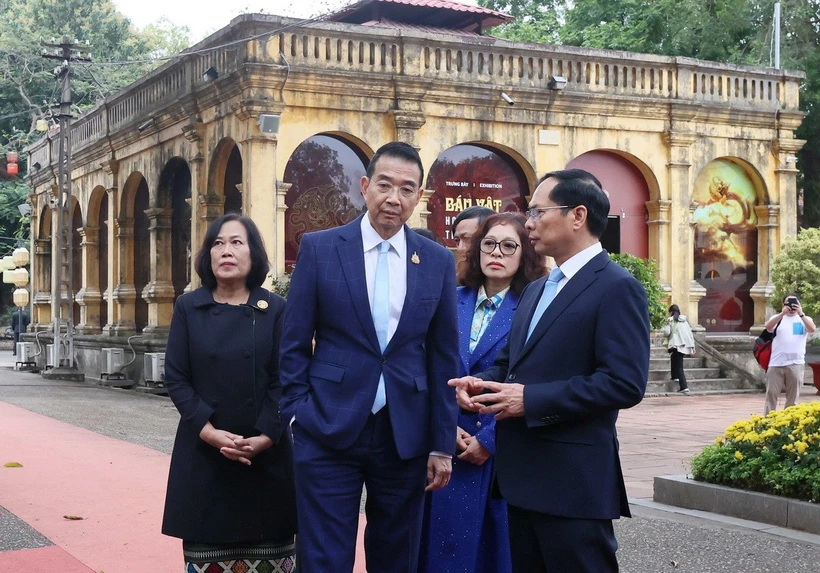


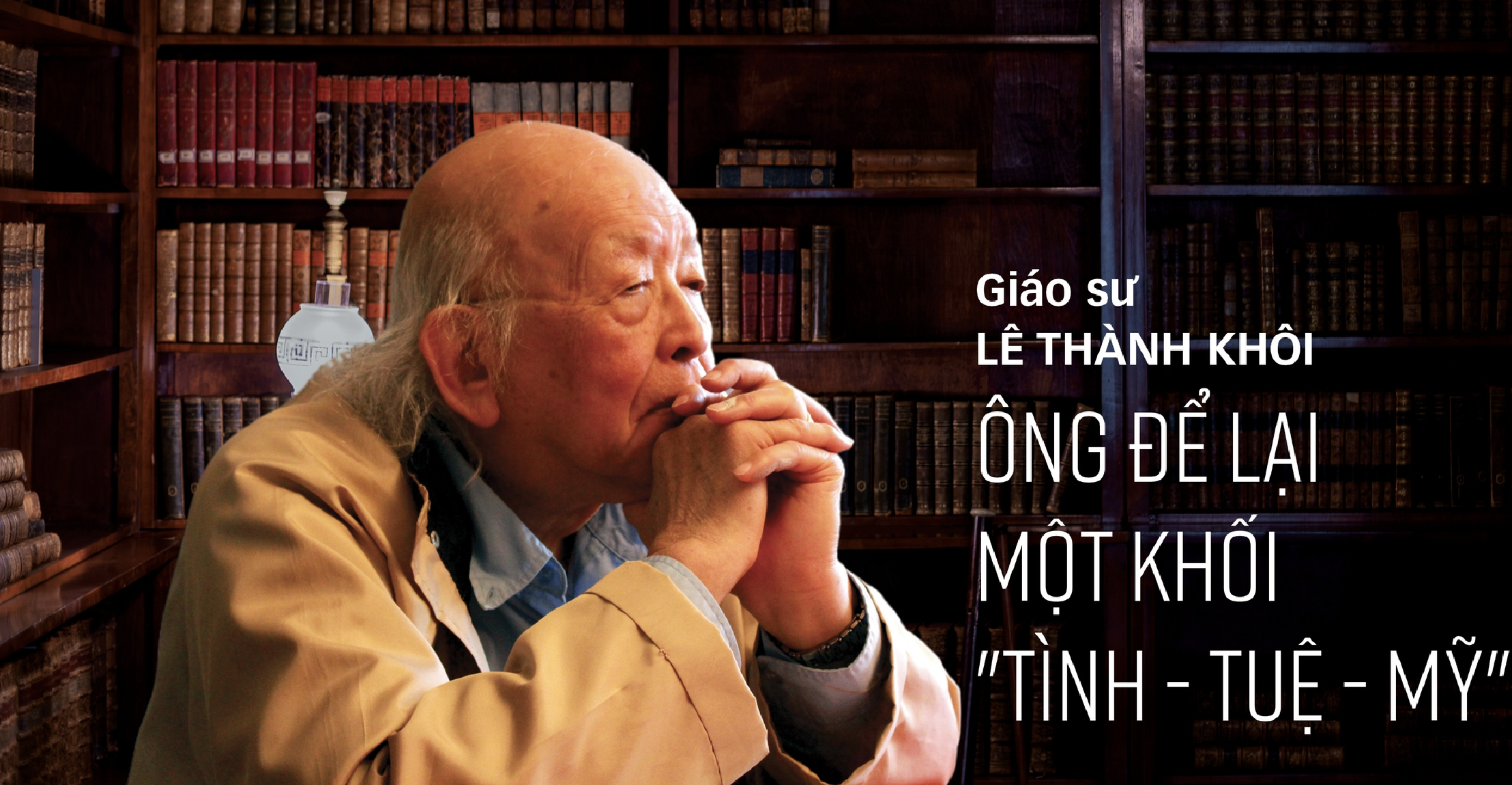



























Comment (0)